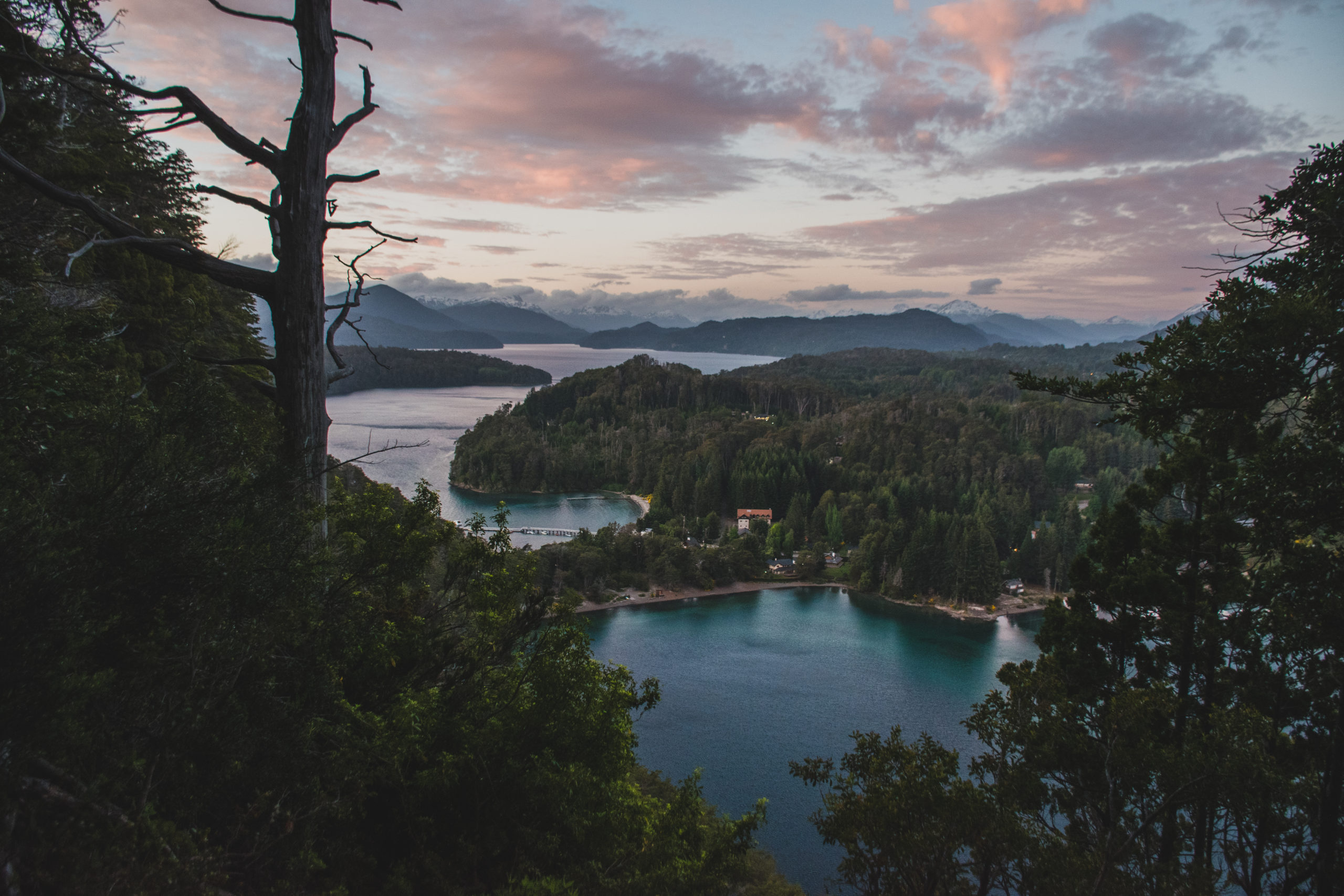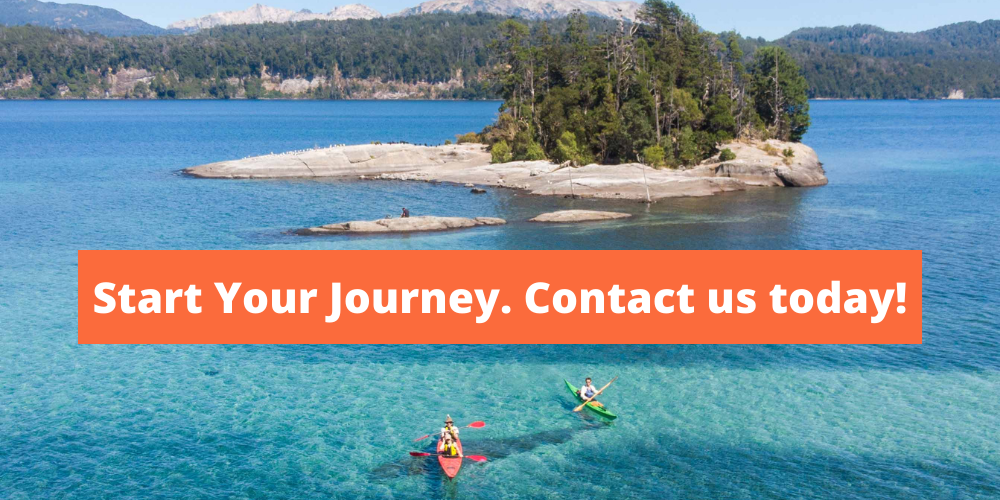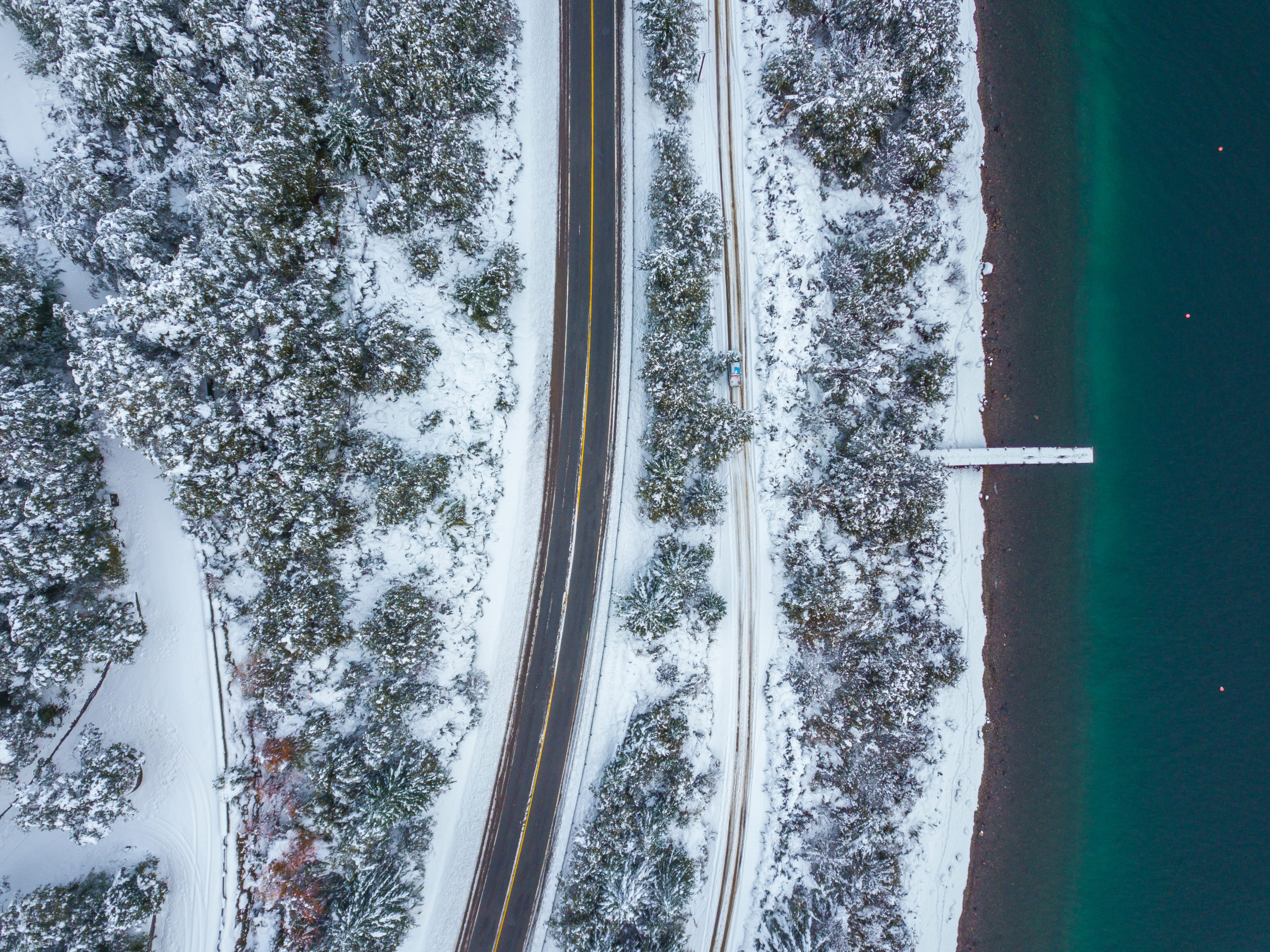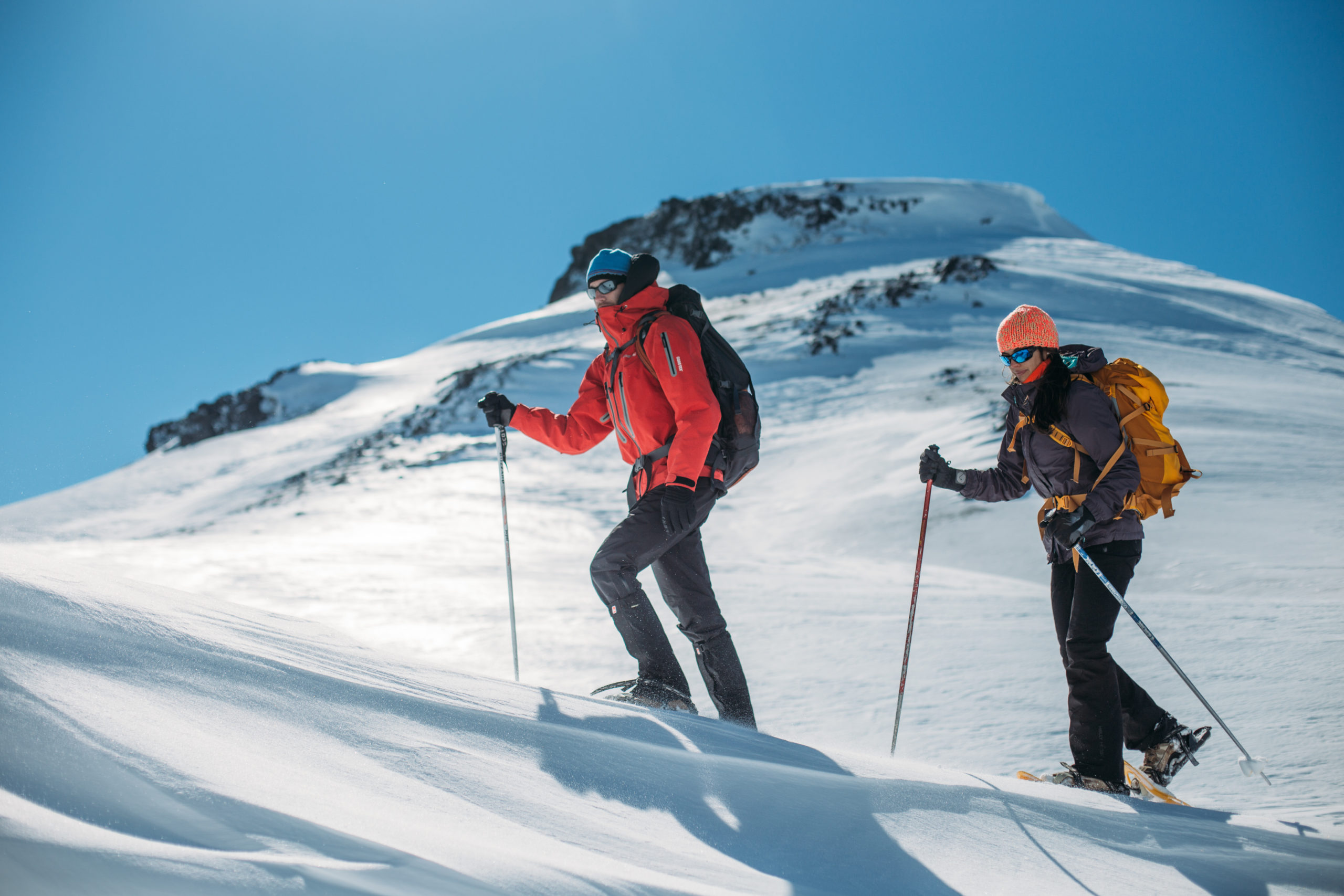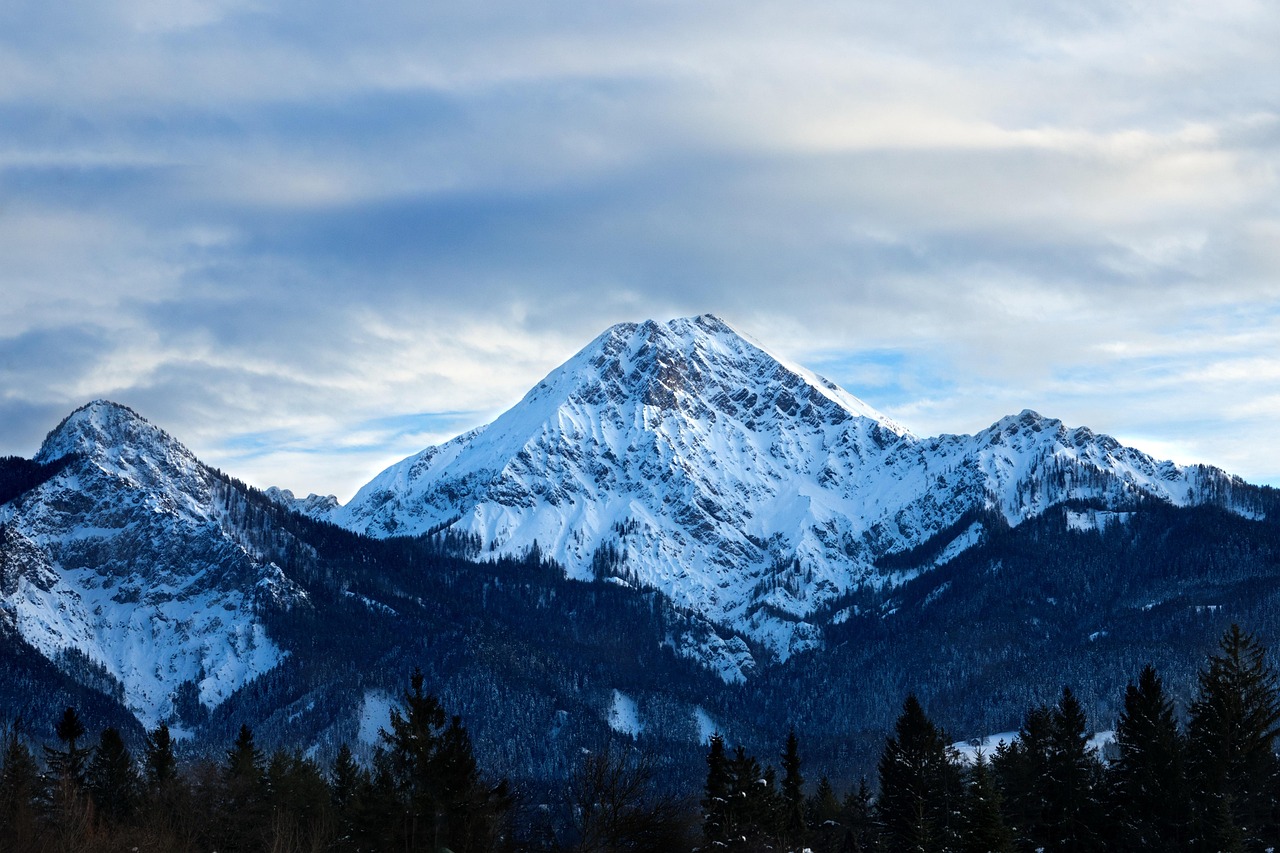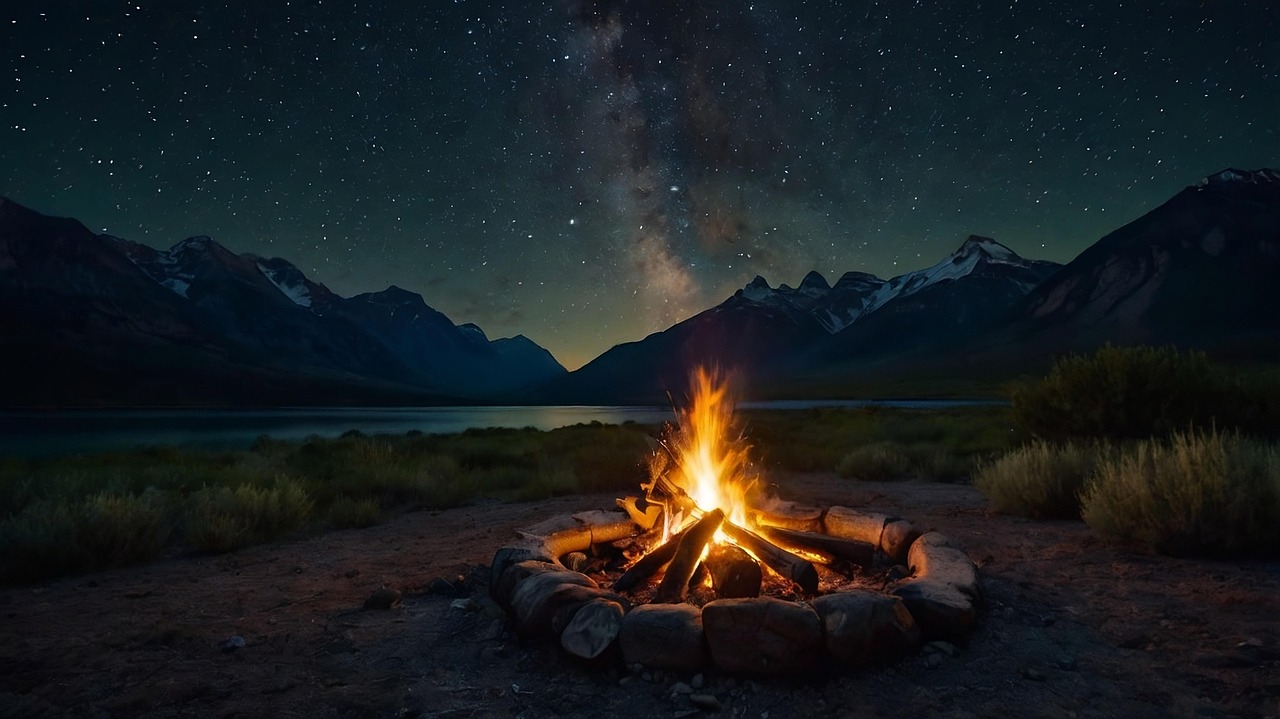I’ve lived in Patagonia for 6 years. After 2 years in Ushuaia (the furthest south), my husband and I packed our bags and drove to Villa la Angostura (outside Bariloche) where we’ve lived for 3 years. Between Ushuaia and Villa la Angostura is 2,254 Kilometers or 1,400 miles driving, a ferry and border-crossing into Chile.

When I speak to my co-workers, friends, acquaintances about Patagonia, I’ve realized there is some confusion about what Patagonia is and what there is to do. In full transparency, I didn’t know either until I moved here.
That’s why our first blog post is to break down Patagonia so that you can carry a conversation with confidence about this majestic part of the world.
Patagonia is a region. And it’s huge.
Patagonia stretches across the southern half of Argentina AND Chile. A landmass of 402,734 sq mi (1,043,076 km). It would take months (if not years) to explore all of the corners of Patagonia. Which is why most people focus on the three main regions within Patagonia Argentina: Bariloche (Northern Area), El Calafate (Mid Area) and Ushuaia (Southern Area). Although there are a million things to see in between, these three areas and surrounding areas give the most iconic views.
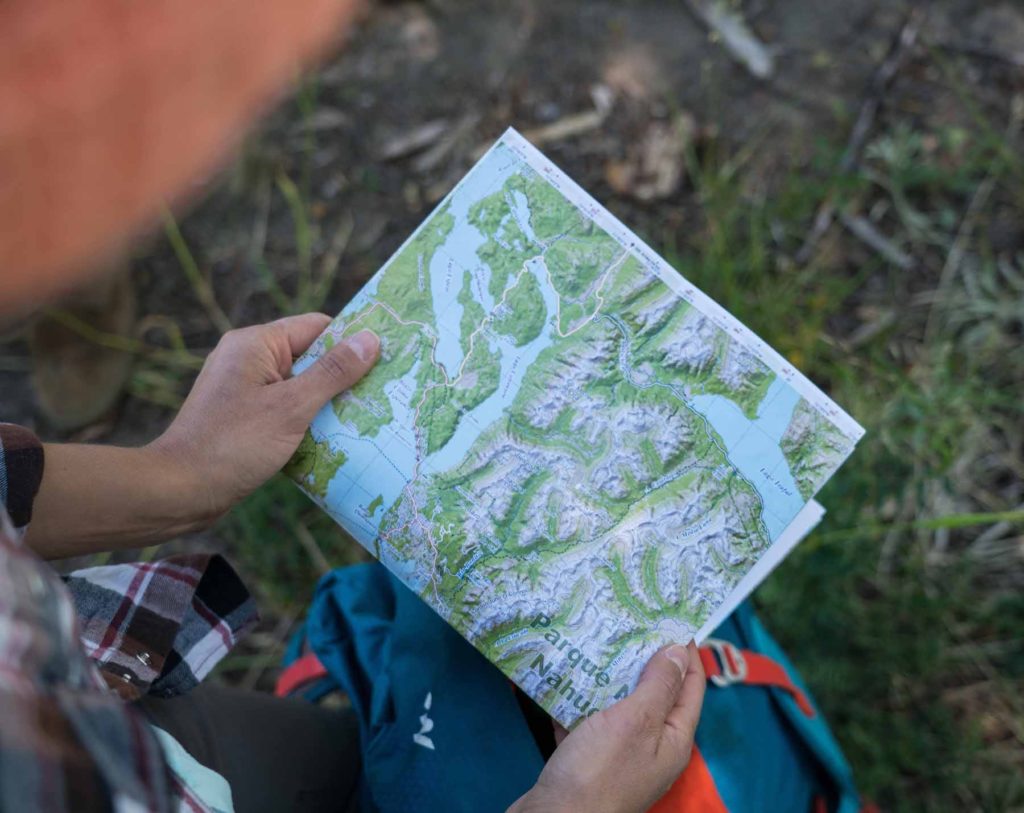
The landscape of Patagonia encompasses the Andes mountains, glaciers, ocean, sea and lakes so people spend their days skiing, boating/kayaking and hiking depending on the season.
Bring a Jacket. Period.
The month you choose to come to Patagonia determines whether you are skiing the Andes or getting sunburnt on the beaches. And just because you were sweating it out on a hike in morning doesn’t mean you aren’t moving closer to the parilla at night to stay warm.
Patagonia is seasonal and the seasons can change throughout the day. Being in the lower part of the southern hemisphere, the seasons are the opposite of the northern hemisphere. Below is a typical week of weather in Patagonia. *this can change daily*
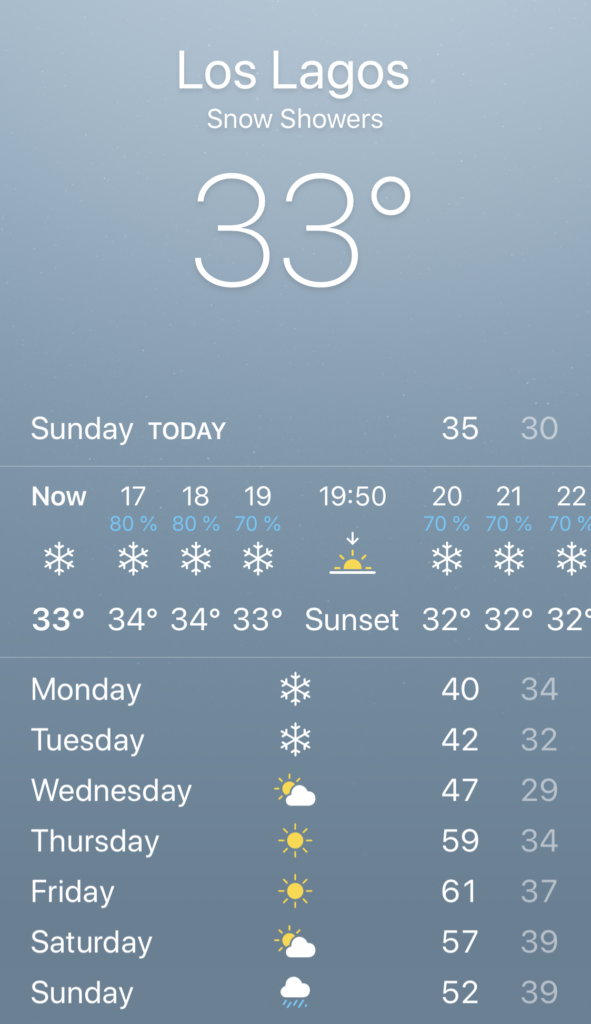
A typical week of weather in Patagonia![/caption]
The ‘siesta’ is respected.
The typical path to Patagonia is through Buenos Aires. So if you just spent a few days in the bustling, loud capital of 14 million people, your ears are probably ringing. You land in Bariloche on a sunny Sunday and head over to Villa la Angostura around midday. You can already feel, peace and relaxation taking over you. You can’t wait to explore after getting a quick bite to eat. You step into town and to your surprise…everything is closed.
This happens all the time. The world moves a little slower in Patagonia. Sundays are sacred and daily 1:00pm-5:00pm, you won’t find very much open. But that’s okay, you didn’t choose Patagonia for the constant commotion, so you can plan your hikes midday or join the Argentines for a mate and siesta.
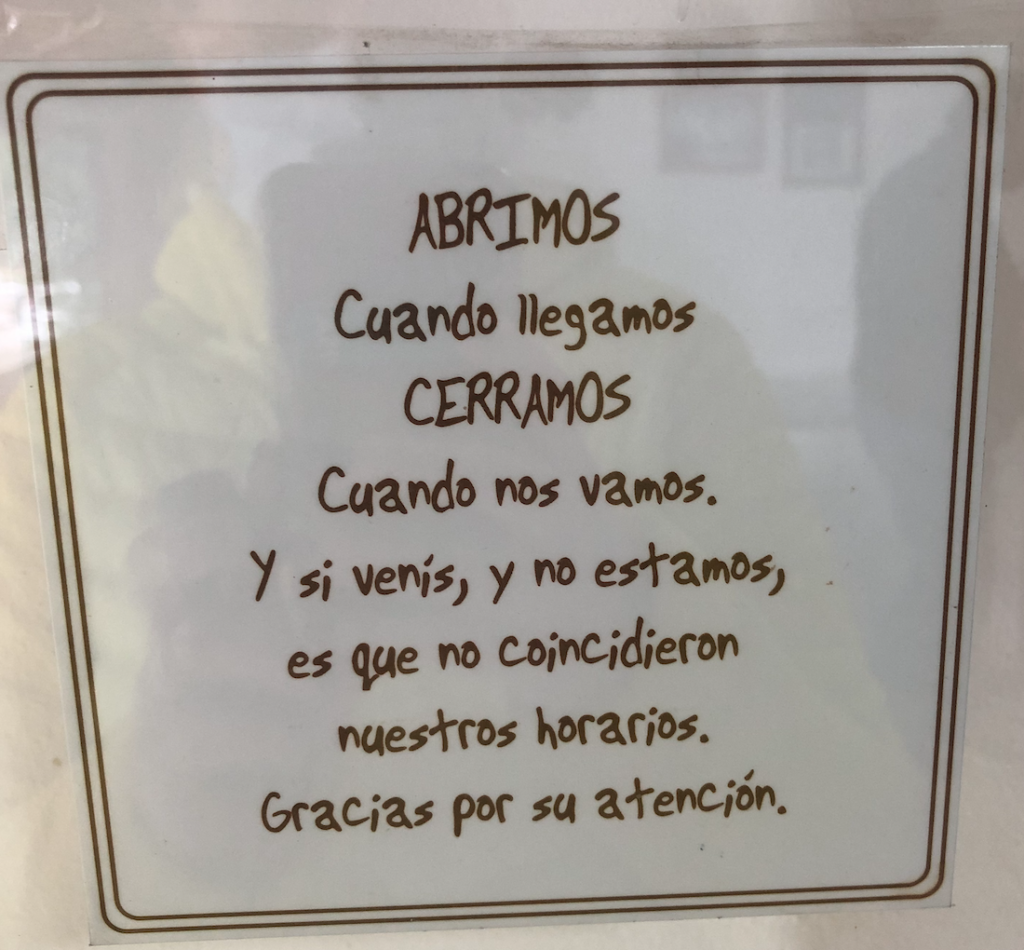
Translation of store sign: We open when we arrive. We close when we leave. If you come and we aren’t here it’s because it’s not our hours. Thank you for your time!
Meat is King. But you have options.
Argentine Beef is world renowned. Big pieces of steak, cooked to perfection on a parilla (grill). Anywhere you go in Argentina, you’ll be convinced you found the perfect steak (and wine!). Patagonia is no exception.
But the meat selection extends in Patagonia. If you are in the North of Patagonia (7 Lagos), you’ll find fresh Salmon & Trout caught in Nahuel Huapi and in the south (Tierra del Fuego) you’ll find Crab and Black Hake.
But the absolute ‘must try’ meat of Patagonia is lamb. Patagonia Lamb is the envy of the country and the Argentines in Patagonia know how to smoke it perfectly tender.
Although, all things grilling and meat are iconic. If you are “carne’d out” you’ll find vegetarian, vegan, fresh fruit (look out for raspberries!), pizza, pasta options throughout the entire region.
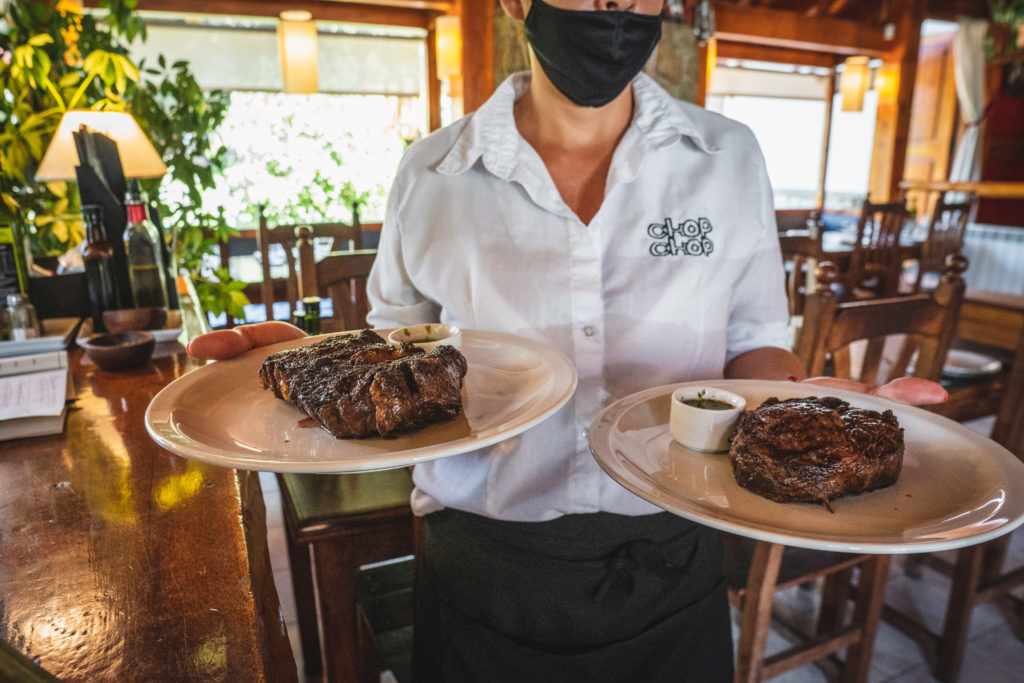
Yes, Patagonia is safe.
The precautions you take in Buenos Aires are less necessary in Patagonia. There will always be people who are opportunistic, but the crime rate in Patagonia is extremely low. Even for petty crime. Be conscious, be aware (like anywhere else you would travel) but don’t be paranoid. Take a picture, close your eyes and enjoy the views.
Argentines are a warm, friendly culture and the majority of people in the tourist centers have at least a basic level of English. Still, it wouldn’t hurt to knock the dust off of your old Spanish textbook before you go. Even if there’s a language barrier, you’ll still feel welcomed, helped and safe. Argentines are like that.
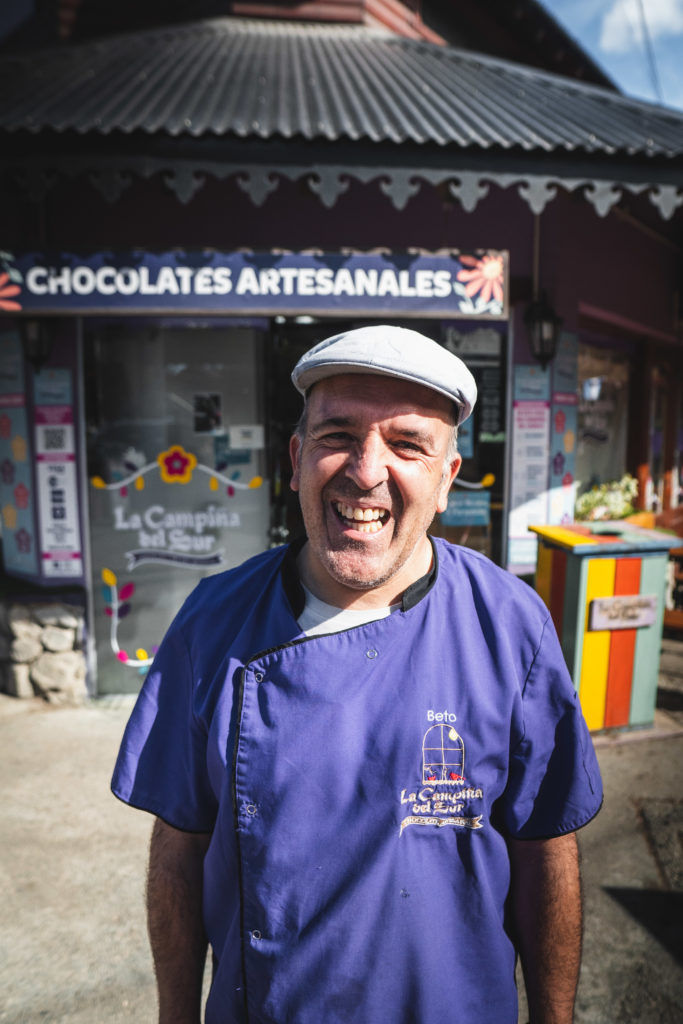
BONUS. Choose Adventure, Peace or a Little of Both.
Whether you are looking to connect with nature or get the thrills of a lifetime, Patagonia has it all. Spend your morning doing yoga in the forest and afternoon riding dirt bikes around the Andes, the opportunities are endless. If you’re interested in exploring Patagonia, but you don’t know where to start, send us a message. We’d love to help you plan your wild Patagonian adventure.

